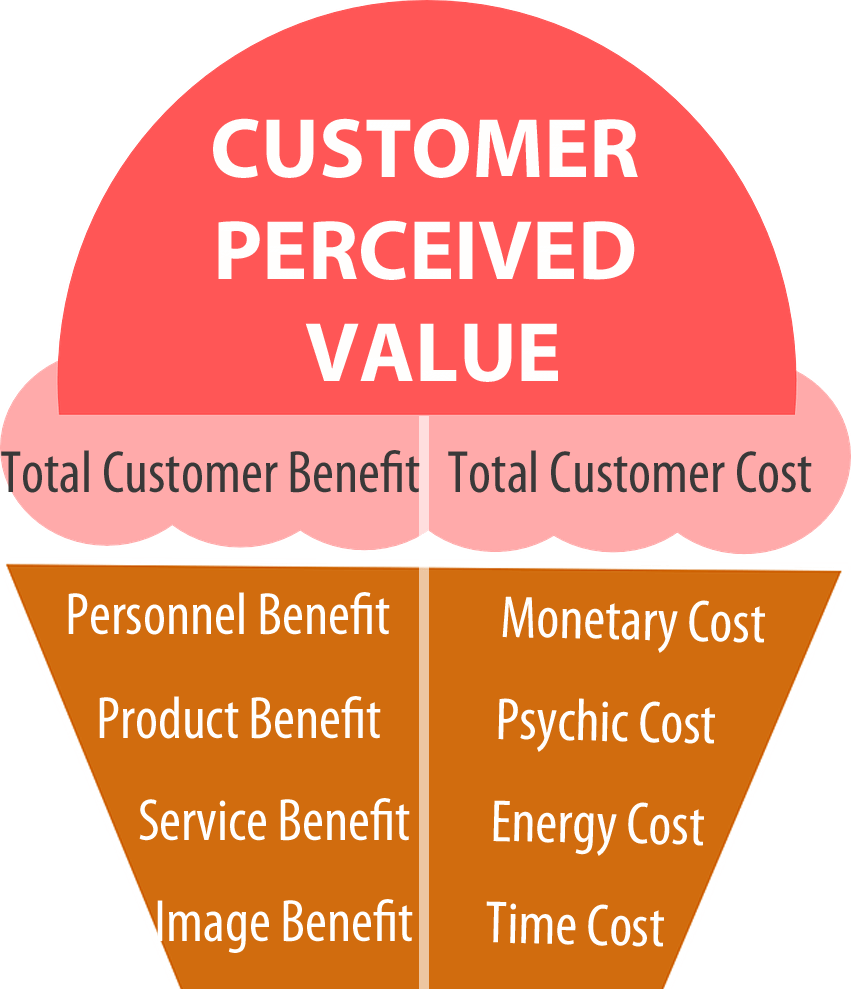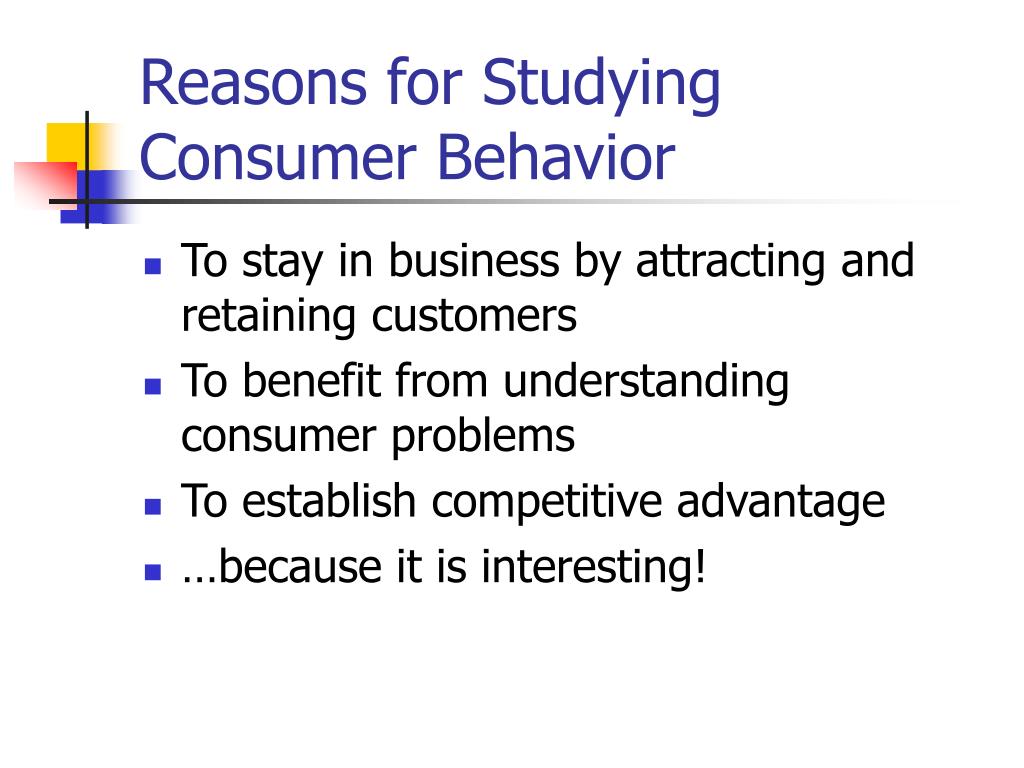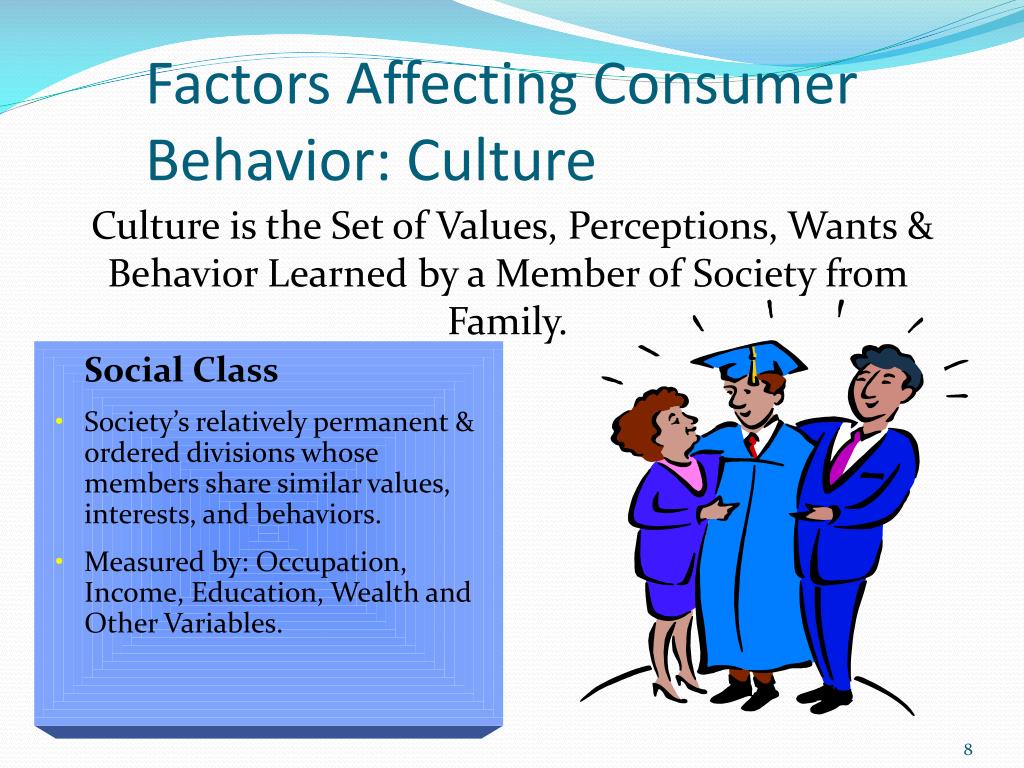

(2)Īccording to the analysis of this chapter, the credibility of the senders and the strength of relationship are the two main factors that affect the receivers’ decision. H3: The content of WOM has an effect on the receivers of WOM and the purchase decision. H2: The content of WOM has an effect on the senders of WOM and the purchase decision. H1: Negative WOM will have a greater influence on the consumer’s perception of a product. We brought up the following hypotheses based on the above statement. The study of Mizersk (1982) concludes that the influence of consumers’ perception and belief in a product by negative WOM will be much greater than that by positive WOM. In this chapter, we will first verify the conclusions of previous scholars. The available scientific information evaluated by national food regulatory agencies and scientific panels of experts have concluded that dietary intake of the currently approved colorants such as Ponceau 4R, Quinoline Yellow, and Sunset Yellow FCF, detailed in this article, are safe. Subsequent assessments of this study by many scientific bodies were unable to confirm such a link. A relatively recent study claimed a causative link between certain food color mixtures on increased hyperactivity in sensitive children. The use of synthetic colors in foods continues to attract debate due to a proposed link between behavioral disturbances, especially hyperactivity, in children and dietary exposure to colors in food. Their use is regulated by legislation in most countries and recommended internationally by Codex Alimentarius Commission. All synthetic colorants undergo extensive toxicological analysis before they can be used. Colorants are used as food additives at relatively low levels to achieve the technological function they may be natural or synthetic in origin. Tomaska, in Encyclopedia of Food Safety, 2014 AbstractĬoloring agents are added to food to enhance its sensory characteristic, replace color lost during processing, and influence the consumer perceptions of the food's flavor and quality. It also detailed the implications that a failure to educate and better understand the risks that are associated with the production process may have on businesses and the Indian society as a whole. This study also referred to the environmental problems that are associated with using both traditional and bio-based forms of production. Second, one could specifically look at improving the biomass-based production stream for a sustainable product to be made available in the Indian market and even serving the global bioeconomy. The first would be a quantitative measurement of income in the specific case of disposable cutlery in both the plastic and biomass-based supply chains.


This chapter can provide some interesting points of reference. The current findings examine the impact on the BoP population qualitatively, which allows for findings that corroborate with existing theoretical innovation models.

However, the findings cannot be universally applied as product cases that differ in several variables, and hence, other cases of local products that have made a global impact through reverse innovation or other streams need to be analyzed. (2012), by providing contextual examples of businesses that enfranchise individuals and communities. The findings validate the frameworks put across by George et al. This chapter reveals unique features of the market, cost-effective innovation factors, and their relationship with consumer perception. Jacob Wood, in Economic Effects of Natural Disasters, 2021 11.5 Future Outlook
#CONSUMER PERCEPTION DEFINITION HOW TO#
Future research should investigate deeper into why and how these differences originate, in order to offer businesses more insights on how to operate and manage consumer fairness perceptions better, and develop stronger customer relationships in these countries. Now is the time to pursue differences and similarities among the East Asian countries of China, Taiwan, Japan and South Korea.ĭespite the preliminary assumption that all East Asians are alike, made in numerous cross-cultural studies using Hofstede’s cultural dimensions, East Asian countries differ in several aspects of attitudes and behaviours (e.g. East Asian differences related to fairness perceptions paved the way. A great leap toward betterment has been taken in fairness research when cross-cultural differences appeared as a new topic. Knowing and predicting how differently East Asian consumers construct fairness perceptions contributes to planning effective marketing strategies. It is evident that consumers’ perceptions of fairness influence their relationships with firms, whether local or foreign, in East Asian countries. Nikki Lee-Wingate, in Ethical and Social Marketing in Asia, 2015 New research directions


 0 kommentar(er)
0 kommentar(er)
